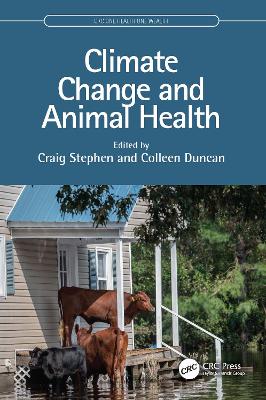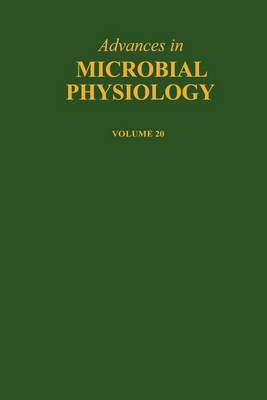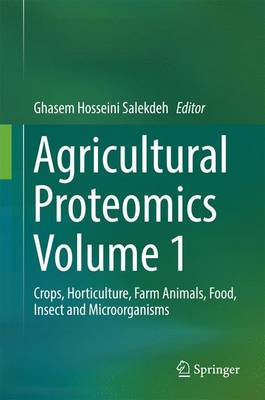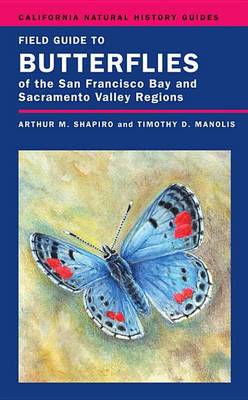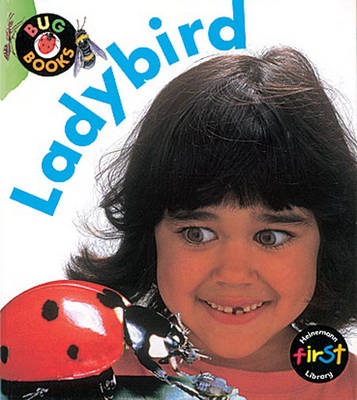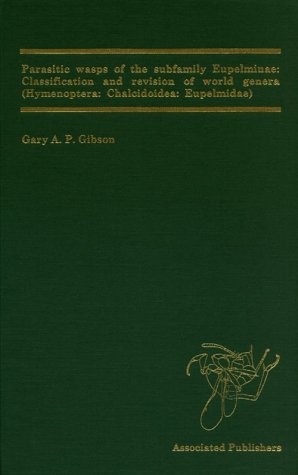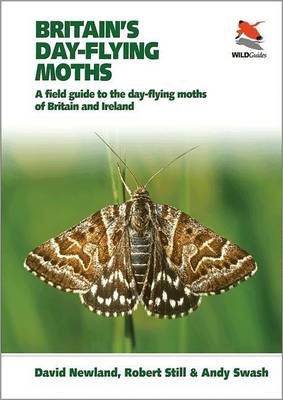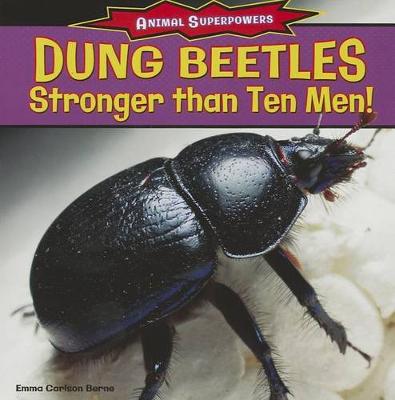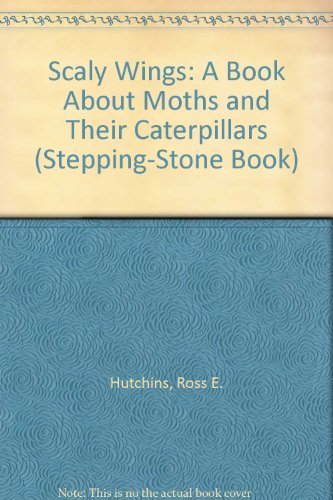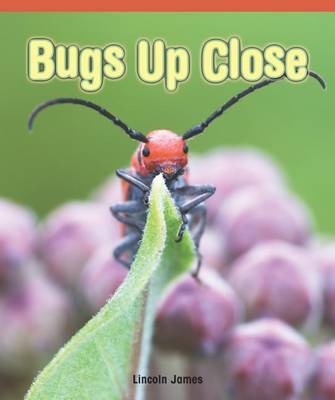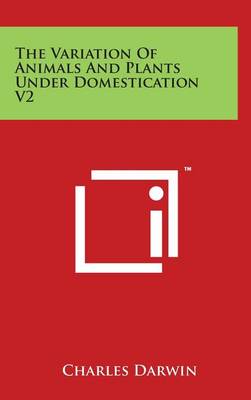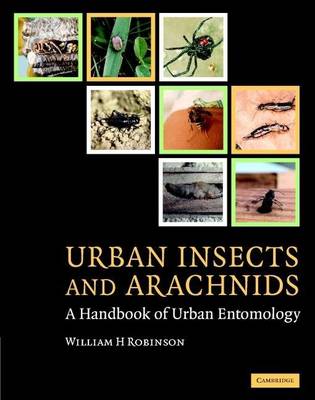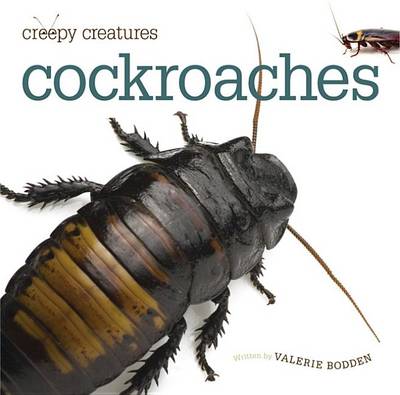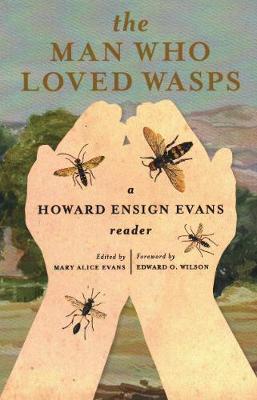Climate Change and Animal Health (CRC One Health One Welfare)
This benchmark publication assembles information on the current and anticipated effects of climate change on animal health. It empowers educators, managers, practitioners, and researchers by providing evidence, experience, and opinions on what we need to do to prepare for, and cope with, the largest threat ever to have faced animals on this planet. With expert contributors from across the globe, the text equips the reader with information and means to develop sustainable adaptation or mitigation...
Agricultural Proteomics Volume 1
This book will cover several topics to elaborate how proteomics may enhance agricultural productivity. These include crop and food proteomics, farm animal proteomics, aquaculture, microorganisms and insect proteomics. It will also cover several technical advances, which may address the current need for comprehensive proteome analysis.An emerging field of the proteomics aim is to integrate knowledge from basic sciences and to translate it into agricultural applications to solve issues related t...
Field Guide to Butterflies of the San Francisco Bay and Sacramento Valley Regions (California Natural History Guides, #92)
by Dr Arthur Shapiro
Key Stage 1 work on life processes should be related to pupils' knowledge of animals in the local environment. Children should understand that animals move, feed, grow, use their senses and reproduce; that living things can be grouped according to observable similarities and differences; and that there are different kinds of animals in the local environment. This look at ladybirds is one of a series focusing on familiar minibeasts. It covers size, appearance, birth and reproduction, growth, feed...
Parasitic Wasps of the Subfamily Eupelminae (University Textbooks (Hardcover), #5)
by Gary A. P Gibson
Britain's Day-Flying Moths: A Field Guide to the Day-Flying Moths of Britain and Ireland
by David Newland, Robert Still, and Andy Swash
Dung Beetles: Stronger Than Ten Men! (Animal Superpowers) (Animal Superpowers (Powerkids))
by Emma Carlson-Berne
Identifies and classifies the most important moths including those that are harmful or dangerous.
Atlas of the Drepanosiphine Aphids of the World (Memoirs of the American Entomological Institute)
by F Wolfgang Quednau
Flies of the Nearctic Region Vol. II (Flies of the Nearctic Region Vol. II, #4)
by Charles L. Hogue
This is the first comprehensive, reliable, well-illustrated book covering the enormous diversity of Australian moths, summarising our knowledge of them, and presenting much original work. More than 1,000 of the 10,000 named Australian species are figured in colour of halftone photographs. Also included is an up-to-date nomenclature and a wealth of information on distribution, larval food plants, and the fascinating behaviour of these often colourful insects. Emphasis is given to the living insec...
The Variation Of Animals And Plants Under Domestication V2
by Professor Charles Darwin
Urban Insects and Arachnids: A Handbook of Urban Entomology
by William Robinson
Cockroaches (Creepy Creatures) (Creepy Creatures (Creative Education))
by Valerie Bodden
"A basic introduction to cockroaches, examining where they live, how they grow, what they eat, and the unique traits that help to define them, such as their ability to hold their breath"--Provided by publisher.
I Wonder What it's Like to be an Ant (Life Science Wonder Book)
by Erin M. Hovanec
